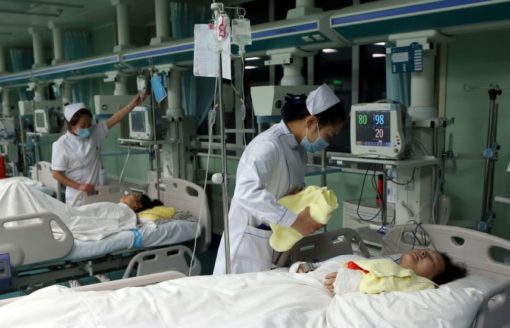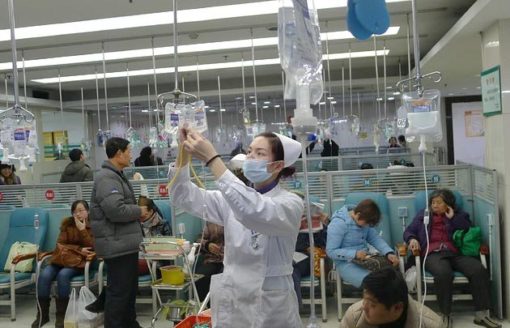The worldwide oncology drug market, including therapeutic and supportive care, reached $133 billion in 2017, representing an increase of almost 40% from the $96 billion spent in 2013. Moreover, the market is expected to continue growing at an annual rate between 10-13% and hit the $200 billion milestone by 2022, according to the Global Oncology Trends 2018: Innovation, Expansion, and Disruption report compiled by the IQVIA, a global provider of analytics, technology solutions, and contract research services to the life sciences industry.
The report also gave the following findings:
For the U.S. alone, spending on cancer drugs doubled to $50 billion in 2017 versus 2012, with two-thirds of the spending related to drugs launched within the last five years. It is estimated that U.S. expenditure on cancer drugs will double again by 2022, growing at a pace of 12-15%, faster than the global market.
One of the factors driving the growth of the oncology drug market is higher prices. List prices of new cancer drugs at launch have been on the rise steadily over the past decade, with the median price surpassed $150,000 on a yearly basis in the U.S. in 2017 or a two-fold increase compared to that in 2007.
The other driving force is the growth of cancer drug candidates in the pipelines of the industry’s participants. The industry’s pipelines had more than 700 molecules in late-stage development in 2017, a surge of more than 60% versus a decade ago. These drug candidates are being developed against 27 tumor types. Immunotherapies are the most popular approach used to tackle this life-threatening disease, accounting for nearly 300 molecules with 60 different mechanisms. In 2017, PD-1 and PD-L1 inhibitors, both belonging to immunotherapies, were used to treat patients with 23 different tumor types, mainly for lung cancer.
Although efforts have been made by both drug developers and regulatory agencies to shorten the time to market timeline for new oncology medicines, only minor improvement was made in 2017 over 2016. The median time span for new drug approvals in 2017 was still about 14 years from patent filing.
Besides medicines, technologies, most notably, mobile cancer apps will be more widely used over the next decades from disease prevention to survivor support. These apps are being incorporated into clinical trials as an adjunct to other interventions or for validation. According to 15 published studies, these apps were found helpful across a range of uses.





China’s Government Led Initiatives for More Private Hospitals